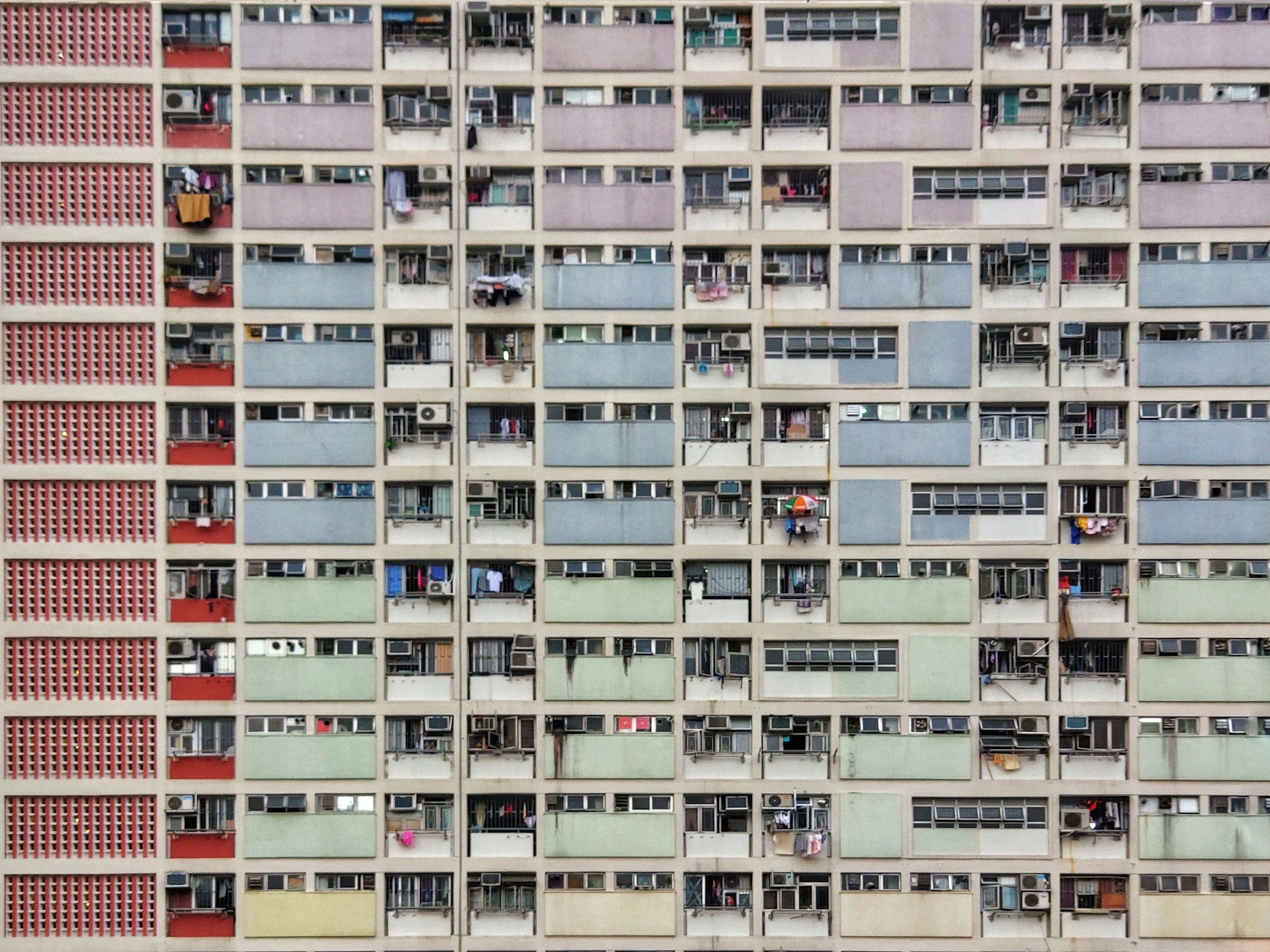What is High Density Housing?.
High-density housing refers to residential complexes that may house a large number of people in a small area.
This style of housing is distinguished by multi-story structures such as apartment complexes, high-rise condominiums, and other densely packed residential units.
As cities grow and land becomes scarce, high-density building appears as a realistic way to meet housing demand.
This article will look at the characteristics, advantages, and problems of high-density housing.
Pros of High Density Housing
- Efficient use of resources
- Environmental benefits
- Economic opportunities
- Social interaction
- Accessibility
Cons of High Density Housing
- Overcrowding
- Noise and privacy issues
- Maintenance challenges
- Social issues
- Health concerns
Introduction to the Topic
In an urbanizing world, the way people fit into cities is vastly important- socially, economically, environmentally, and even psychologically.
So density, or the number of people living in a given area, is central to urban design and planning.
Both governments and markets tend to get density wrong, leading to overcrowding urban sprawl, or often both.
A case in point is the high-rise building springing up throughout urban areas perceived as key features of that widely touted concept, the ‘world-class city’.
While some may offer a viable solution to land pressures and density requirements, many are built to house evicted or resettled ‘slum’ dwellers is a social and economic nightmare- inconveniently sited, overcrowded, and costly.
New evidence from Karachi, Pakistan, reveals a real alternative. Poor people can create liveable high-density settlements as long as community control, the right technical assistance, and flexible designs are in place.
A city is surely ‘world-class’ only when it is cosmopolitan- built to serve all, including the poorest.
Also read: High Density High Rise Vertical Living for Low Income People


You are my inspiration , I possess few blogs and sometimes run out from to post .
Thanks.